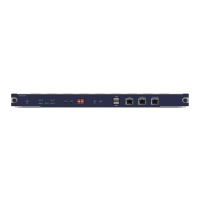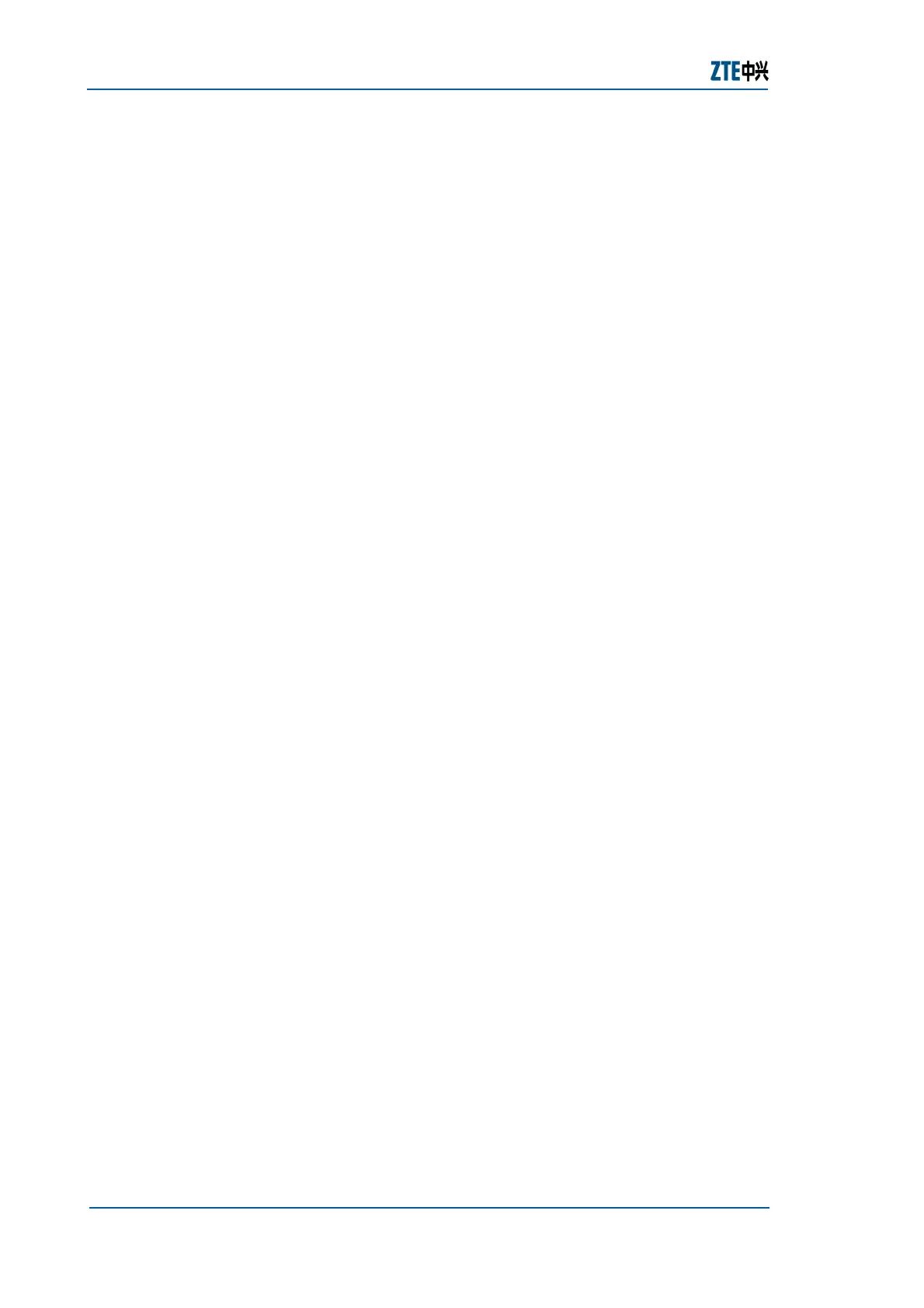ZXR10 GER (V2.6.03) General Excellent Router User Manual Volume-I
258 Confidential and Proprietary Information of ZTE CORPORATION
In the ZXR10 GER, the network administrator can define
different Route-maps according to the match and set
statements, and apply the Route-map to the message receiving
interface, thus implementing path selection.
Each Route-map has a series of sequences and each sequence
contains multiple match and set statements. The match
statement defines match conditions. Policy routing is performed
when a received message meets the conditions. The set
statement specifies the routing behaviors when a message
meets the match conditions. If a message does not meet the
match conditions in a sequence, the system matches it in the
next sequence.
When a router receives a message, it judges whether the ingress
is bound with policy routing. If not, it searches in the routing
table according to the destination address and then performs
forwarding. If yes, it processes the message according to the
sequence of Route-map. The specific procedures are as follows.
Router matches the message with the ACL configured in the
first sequence. If matching fails, it continues matching the
message with the ACL in the next sequence. The rest is
deduced by analogy. If matching succeeds, it judges the
attributes of the sequence.
If the attribute of the sequence is deny, the message is
routed in the normal way. If the attribute is permit, the
router forwards the message according to the set statement
in the sequence.
The router checks whether a valid set ip next-hop (direct
next-hop) exists. When multiple set ip next-hop items exist,
the router selects the first valid next-hop according to the
sequence. If it exists, the router forwards the message to the
specified next-hop.
If set ip next-hop is not set or no valid set ip next-hop
exists, the router needs to check whether a valid egress
exists (The egress exists and is in the UP status.) When
multiple set interface items exist, the router selects the
first valid egress according to the sequence. If it exists, the
router sends the message from the egress. Otherwise, the
router routes the message in the normal way.
In normal routing, if the router finds the corresponding route
in the forwarding table, it forwards the message according to
the route. Otherwise, it forwards the message according to
the valid set ip default next-hop (direct next-hop)
specified in policy routing. When multiple set ip default
next-hop items exist, the router selects the first default
valid next-hop according to the sequence.
If set ip default next-hop is not set or no valid set ip
default next-hop exists, the router forwards the message
according to the valid set default interface specified in
policy routing. When multiple set default interface items
Match and Set
Commands
Ingress

